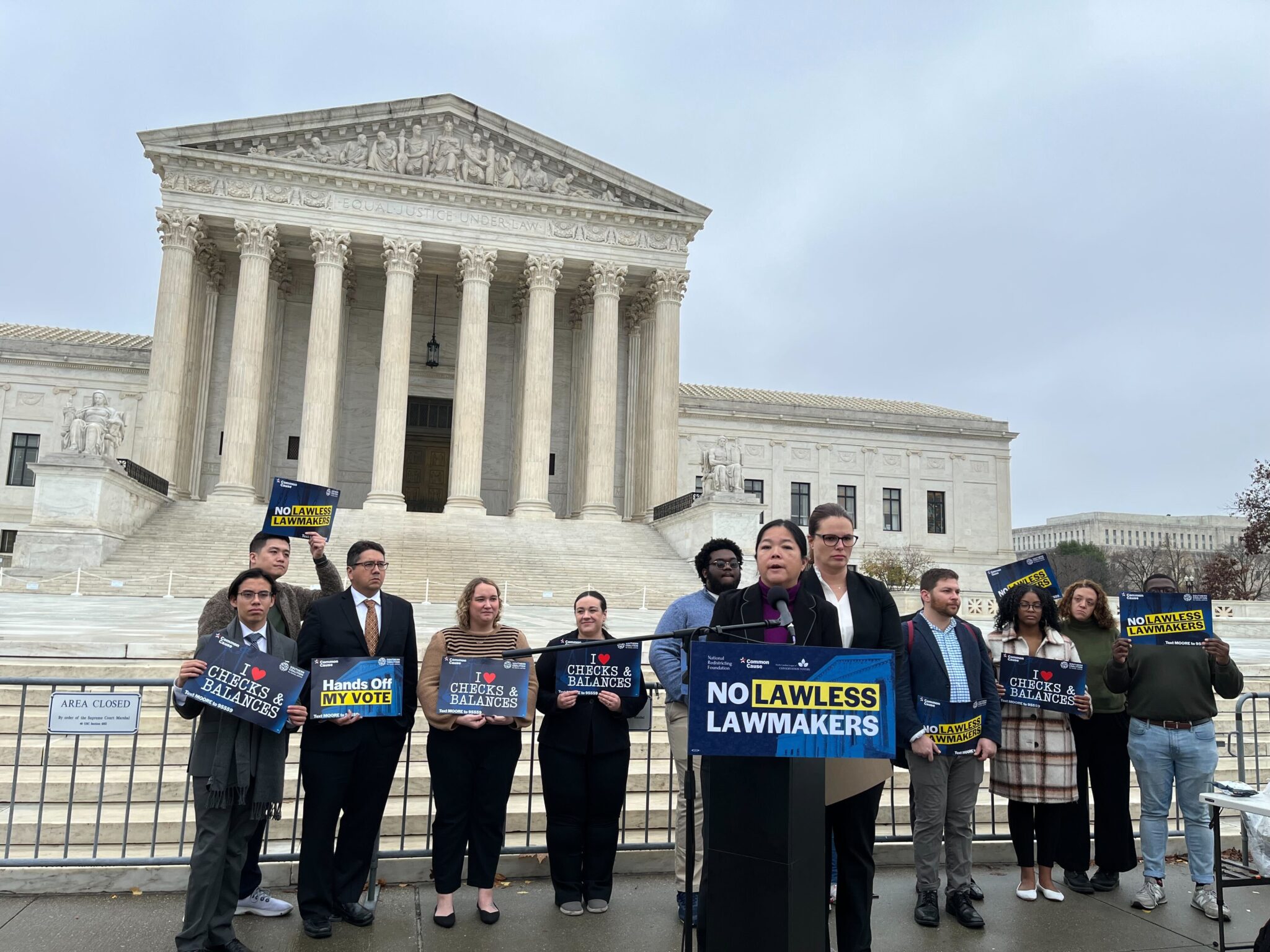Press Release
Despite Filibuster Reform, U.S. Senate Remains Jammed with Record Number of Stalled Executive Branch Nominees, Report Shows
Related Issues
Six months after adopting filibuster reforms intended to break its chronic partisan gridlock, the U.S. Senate remains largely dysfunctional, with a record number of President Obama’s executive branch nominees stuck on its calendar, according to a new Common Cause study.
Last week, the Senate confirmed more judicial nominees than it had during any other week of this session. But the backlog of executive branch nominees pending on the floor is far larger than at comparable points in the administrations of former Presidents George W. Bush and Bill Clinton, according to the report, “The ‘New Nullification’ At Work,” by Stephen Spaulding, Common Cause’s policy counsel.
“While a simple majority can now end filibusters to most nominees, the current minority is exploiting other Senate rules and customs to gum up the works and waste time that ought to be spent on important issues,” Spaulding said.
The Senate passed an unfortunate milestone last week with its 115th cloture vote, breaking the six-year-old record of 112 cloture votes in a single Congress. Cloture is the Senate’s term for a vote to end debate and bring a bill or nomination to a final vote. Many of the new cloture votes are to break filibusters of nominations.
The filibuster rule requires a two-day delay between a cloture motion and vote. After cloture is invoked, debates can continue for up to 30 hours before a final vote on passage of the bill or nomination; for this session only, senators have shortened that to 8 hours for most executive branch nominees and 2 hours for nominees to federal district courts.
“Some say that George Washington once referred to the Senate as ‘the saucer that cools the tea,’ recognizing that the founders intended it to be a place for mature deliberation of the issues of the day. But today the tea is frozen, or at least slushy in the saucer, as some senators exploit the rules to keep the Senate from doing the nation’s business,” Spaulding said.
The report found that when the Senate adjourned on Monday, 139 Obama nominees were pending on the floor, including over 110 for executive branch agencies and offices. That compares to just 32 pending executive branch nominations on the floor at the same point in the George W. Bush presidency and 18 at this point in the Clinton years.
The report also finds that executive branch and independent agency nominees now pending on the floor have been waiting an average of over 9 months since their nominations.
Twenty Obama executive branch nominees have been waiting for a vote since at least the end of the 112th Congress in December 2012, the report said, and one – the appointment of Thomas Hicks to the Election Assistance Commission – has been languishing since 2010.
A Common Cause lawsuit challenging the constitutionality of the filibuster rule is pending in the U.S. Court of Appeals for the District of Columbia. A panel of judges dismissed the case in April, and Common Cause is exploring its options for further appeal.
###
Common Cause is a nonpartisan, grassroots organization dedicated to restoring the core values of American democracy, reinventing an open, honest, and accountable government that works for the public interest, and empowering ordinary people to make their voices heard.
